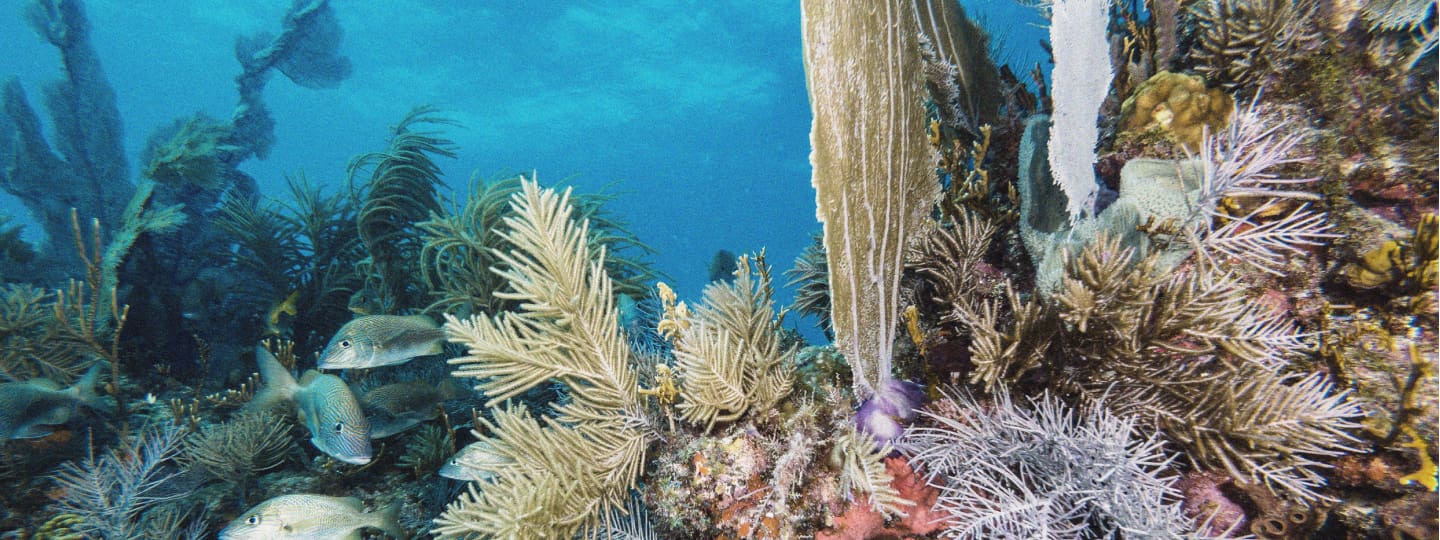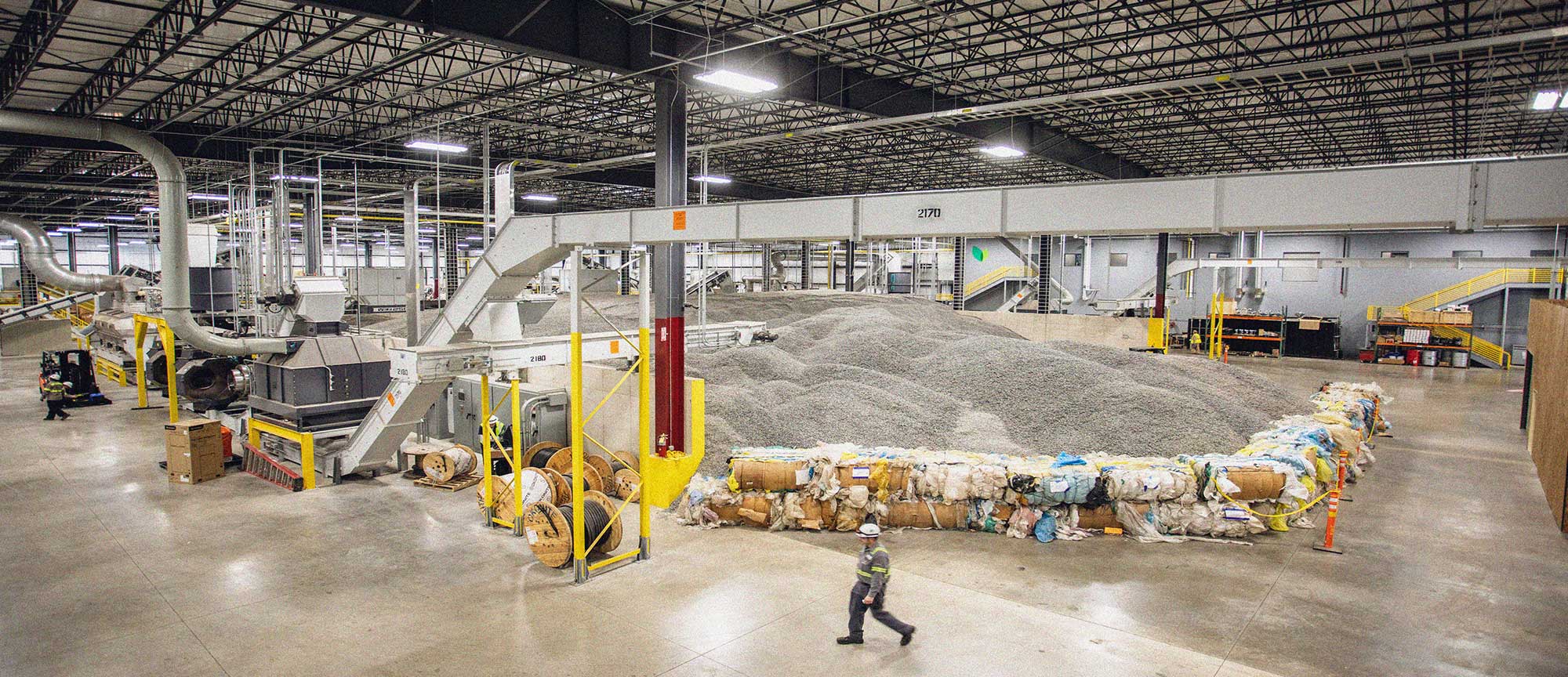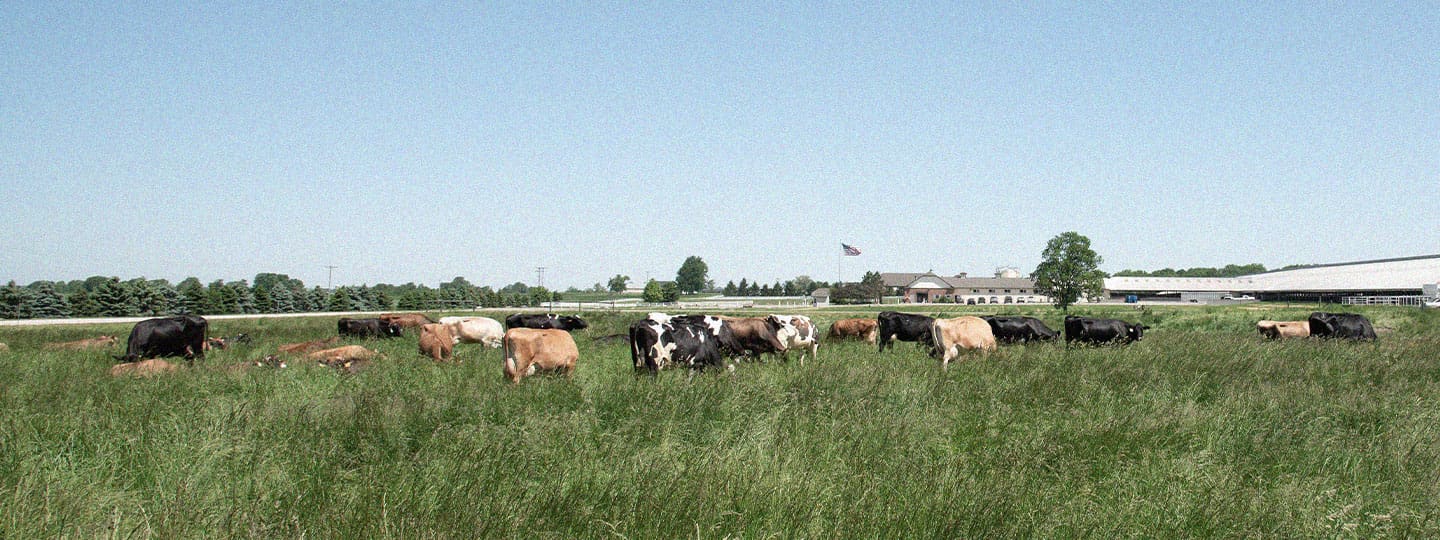Jennifer Bakakos has always wanted to be a teacher. She was inspired by helping her mother with various classroom projects, and that passion grew. With the help of the Changing the Tide marine science curriculum, created in partnership with the Guy Harvey Foundation and Ocean First Education, she’s educating the next generation about the importance of ocean conservation and recycling.
Originally from Illinois, Jennifer moved to Florida to support her husband’s business and raise her two children. After a brief hiatus from teaching, she returned to the classroom with renewed enthusiasm and a focus on STEAM education. Her journey, marked by a dedication to project-based learning, has led her to a role where she can foster creativity, collaboration, and a deep appreciation for the environment.
She is currently the K-5 Environmental and Animal Science Academy teacher at Frontier Elementary. We sat down with her to learn more about her experience teaching the Guy Harvey Foundation curriculum to her K-5 classes and the process of building the accompanying art installations.
How did your students respond to the Changing the Tide curriculum?
“We’re right here in Florida, and the ocean is literally in our backyard. The sea turtles are just something that they’re already invested in, so I didn’t have to do much to get them very excited about ways to help protect the sea turtles and, in turn, the ocean habitat.”
“I brought in the Guy Harvey lesson plans and had to pick and choose because I was seeing the students two or three times a week but only for a half hour. It was cool going back and looking through how it really does spiral. With kindergarten, we started sorting the plastic, and the kids had a fun time making pictures with all the caps. Then there’s the first grade, where they didn’t have these lessons before, so it’s like a quick touch base about ‘what is plastic and why is it bad for the environment?’ and then allowing them to sort plastic based on characteristics. The second graders learned about microplastics and why it could be a big problem not only for us but also for animals. And then, it spirals into the impacts of recycling and advanced recycling. I actually learned quite a bit about advanced recycling because I didn’t even realize the full process, so I was learning with them, too.”
“Everything that I picked out of the curriculum was very hands-on. It was interesting to see where they started from and then tailor a little bit of the instruction to some of those misconceptions they had [about recycling].”
Walk me through the process of the art installation.
“The kids were definitely engaged throughout. You’re taking the ocean, a concept they were very excited about before, and they’re creating a creature that lives there.”
“The Guy Harvey lessons have specific things for each grade to do, and we talked about single-use items and why they are so detrimental to our environment. From there, we knew we were going to create something beautiful out of these single-use items that litter and pollute our oceans and the world around us.”
“K-4 had a big hand in making the different types of coral and sea anemones. The fifth grade was more in charge of building the bases for what we painted and built upon. We had to do this in stages, and the fifth graders were the curators who pieced it all together. Nearing the end, we had this big art installation, which we did school-wide. We invited the parents, and Miss Betty [from the Guy Harvey Foundation] came. She spoke to the parents about ocean conservation, and we were all there to unveil this beautiful masterpiece.”
“It was cool because we talked to the fifth graders, like, ‘Okay, this art installation. What do you want to see there?’ And they came up with some really cool ideas. At the art installation, students were able to decorate a fish and then interact with the coral reef by placing it somewhere in the art exhibit—a fifth grader came up with that idea. Another thing they came up with was they wanted to do a collaborative mural of the coral reef, so I got the butcher paper and crayons, and then they were able to shoot for the moon. They were also in charge of the research, so we’d have a blurb about sun coral, staghorn coral, lettuce coral and another blurb about the importance of the coral and some of its characteristics.”
In what ways did the art installation contribute to your student’s understanding of the curriculum?
“I think anytime you pair something with a visual, it’s a lot more memorable for them. To make a jellyfish, then have it in this school-wide art installation and be a part of something bigger than just yourself is a lot more powerful, right? It’s going to be something so much more meaningful than just having a worksheet and just coloring a jellyfish.”
“Not only that, they created a jellyfish with a partner. So they’re learning from that other person, communicating, and working together. I am a big proponent of ‘we have to learn how to work with each other.’ If we don’t do that, when they’re young, they’re going to struggle when they’re older.”
What challenges did you encounter, and how did you work through them?
“I think the biggest challenge is always the time that goes into it and finding the time to keep everybody at the same pace. You’ve got some kids that are done right away, and then it’s like, ‘Okay, why don’t you go help with this?'”
“I feel like whenever you ask a teacher that, it’s always going to be the time because there’s just not enough time in the day to get through everything you want to get through. I would also do one [project] each day rather than trying to do six different things in one day. We were able to tweak it, and we had little bumps, but in the end, we were pretty smooth sailing.”
Fostering a Love for the Ocean
As stewards of the planet, it is essential to instill a deep appreciation for the ocean in the minds of the next (and current) generation. Through education and awareness, young people can get inspired to become advocates for ocean conservation, researchers who uncover its mysteries, and innovators who develop sustainable solutions to its challenges.
Looking for ways to get involved or introduce your children to ocean conservation? Dive into our curriculum and browse our free resources for inspiration.





